I need your help to improve this jade plant. (My first jade!)
newhostalady Z6 ON, Canada
3 months ago
Featured Answer
Sort by:Oldest
Comments (31)
41 North (Zone 7a/b, NE, coastal)
3 months agonewhostalady Z6 ON, Canada thanked 41 North (Zone 7a/b, NE, coastal)newhostalady Z6 ON, Canada
3 months agoRelated Professionals
Anderson Landscape Contractors · Elmhurst Landscape Contractors · Enumclaw General Contractors · Hamilton Square General Contractors · West Melbourne General Contractors · Emeryville Carpenters · Mission Viejo Carpenters · Murphy Carpenters · South Orange Carpenters · North Richland Hills Carpenters · Del Aire Decks, Patios & Outdoor Enclosures · New Mexico Landscape Architects & Landscape Designers · Edmond Landscape Contractors · Salmon Creek Landscape Contractors · Tyngsboro Landscape Contractors41 North (Zone 7a/b, NE, coastal)
3 months agonewhostalady Z6 ON, Canada thanked 41 North (Zone 7a/b, NE, coastal)newhostalady Z6 ON, Canada
3 months agolast modified: 3 months ago41 North (Zone 7a/b, NE, coastal)
3 months agolast modified: 3 months agonewhostalady Z6 ON, Canada thanked 41 North (Zone 7a/b, NE, coastal)newhostalady Z6 ON, Canada
3 months ago41 North (Zone 7a/b, NE, coastal)
3 months agolast modified: 3 months agonewhostalady Z6 ON, Canada thanked 41 North (Zone 7a/b, NE, coastal)newhostalady Z6 ON, Canada
3 months ago41 North (Zone 7a/b, NE, coastal)
3 months agolast modified: 3 months agonewhostalady Z6 ON, Canada thanked 41 North (Zone 7a/b, NE, coastal)tapla (mid-Michigan, USDA z5b-6a)
3 months agonewhostalady Z6 ON, Canada thanked tapla (mid-Michigan, USDA z5b-6a)newhostalady Z6 ON, Canada
3 months agonewhostalady Z6 ON, Canada
2 months agotapla (mid-Michigan, USDA z5b-6a)
2 months agonewhostalady Z6 ON, Canada
2 months agolast modified: 2 months agonewhostalady Z6 ON, Canada
2 months agotapla (mid-Michigan, USDA z5b-6a)
2 months agolast modified: 2 months agonewhostalady Z6 ON, Canada thanked tapla (mid-Michigan, USDA z5b-6a)tapla (mid-Michigan, USDA z5b-6a)
2 months agonewhostalady Z6 ON, Canada thanked tapla (mid-Michigan, USDA z5b-6a)tapla (mid-Michigan, USDA z5b-6a)
2 months agolast modified: 2 months agonewhostalady Z6 ON, Canada thanked tapla (mid-Michigan, USDA z5b-6a)newhostalady Z6 ON, Canada
2 months agonewhostalady Z6 ON, Canada
2 months agonewhostalady Z6 ON, Canada
2 months agotapla (mid-Michigan, USDA z5b-6a)
2 months agonewhostalady Z6 ON, Canada thanked tapla (mid-Michigan, USDA z5b-6a)newhostalady Z6 ON, Canada
2 months agotapla (mid-Michigan, USDA z5b-6a)
2 months agolast modified: 2 months agonewhostalady Z6 ON, Canada thanked tapla (mid-Michigan, USDA z5b-6a)newhostalady Z6 ON, Canada
2 months agonewhostalady Z6 ON, Canada
2 months agolast modified: 2 months agotapla (mid-Michigan, USDA z5b-6a)
2 months agonewhostalady Z6 ON, Canada thanked tapla (mid-Michigan, USDA z5b-6a)newhostalady Z6 ON, Canada
2 months agolast modified: 2 months ago
Related Stories
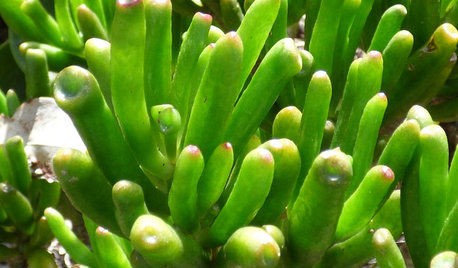
HOUSEPLANTSHow to Grow Jade Plants That Look Like Shrek’s Ears
These cute and quirky plants can be easy-care houseplants for adding green to your desk, bookshelf or tabletop
Full Story
EXTERIORSHelp! What Color Should I Paint My House Exterior?
Real homeowners get real help in choosing paint palettes. Bonus: 3 tips for everyone on picking exterior colors
Full Story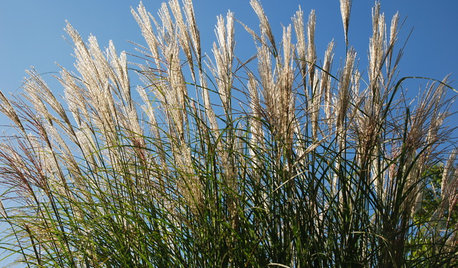
LIFEConsider Avoiding These Plants to Help Keep Your Garden Fire-Safe
Plants that accumulate dead material, are high in oil or have low moisture content in leaves put some homes at risk
Full Story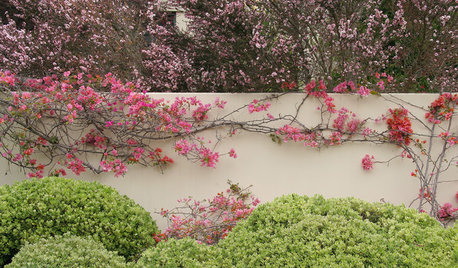
VINESHow Climbing Plants Can Improve Your Garden
When it comes to covering up bare fences and walls, vines are golden. But they can do more as well
Full Story
FUN HOUZZEverything I Need to Know About Decorating I Learned from Downton Abbey
Mind your manors with these 10 decorating tips from the PBS series, returning on January 5
Full Story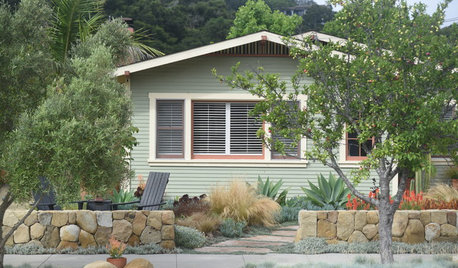
LANDSCAPE DESIGNHow and What to Plant in Dry, Sunny Spots
Save water and improve your site’s look with these design tips and help from a pro
Full Story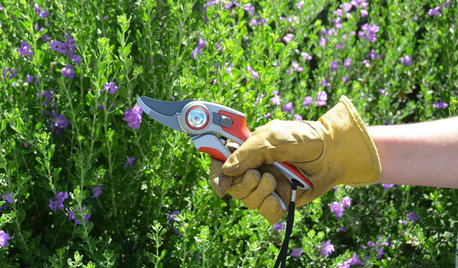
GARDENING 101Key Pruning Terms to Help You Shape Up Your Garden
Learn why heading back, crown raising and other practices are essential for your plants’ health and beauty
Full Story
GARDENING GUIDES10 Easy Edibles for First-Time Gardeners
Focus on these beginner-friendly vegetables, herbs, beans and salad greens to start a home farm with little fuss
Full Story
GARDENING GUIDESHow to Plant a New Lawn From Sod
Take the quick-start route to turf with sod; these installation guidelines will help ensure a healthy and long-lasting lawn
Full Story
GARDENING GUIDESHow to Find the Right Native Plants for Your Yard
Find plant maps, sale sites and guides that make going native in the garden easier than ever
Full StorySponsored
Your Industry Leading Flooring Refinishers & Installers in Columbus
More Discussions






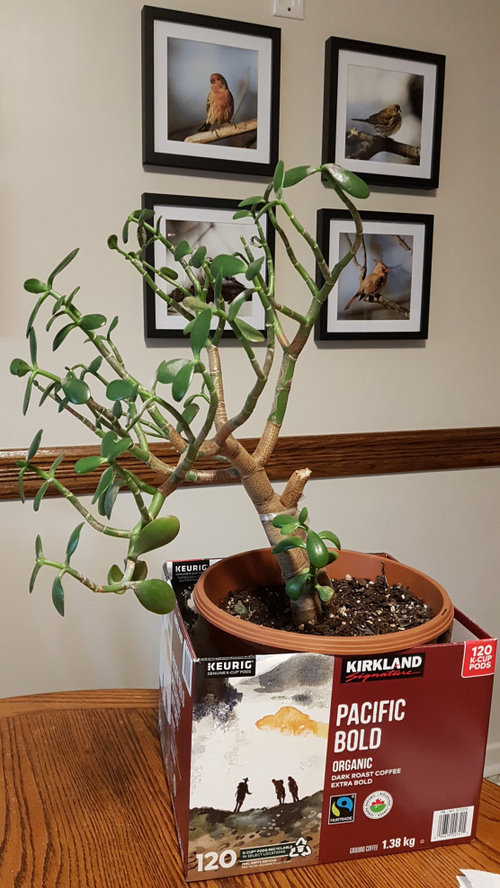
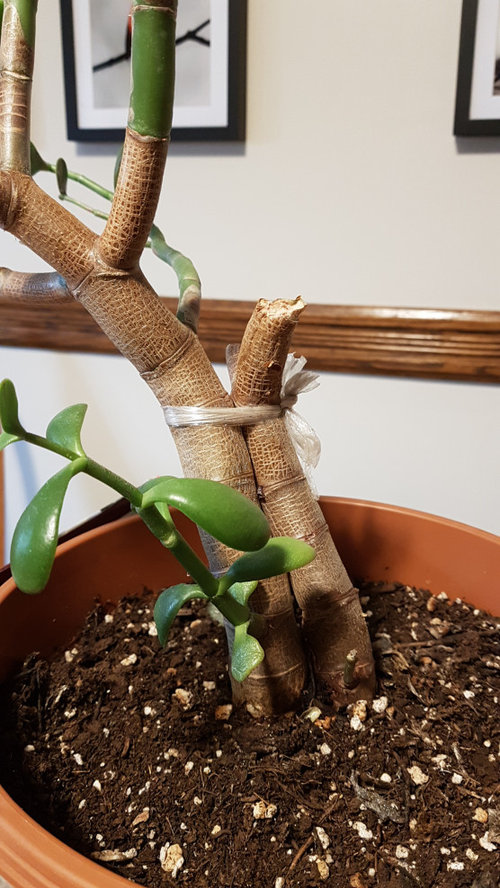
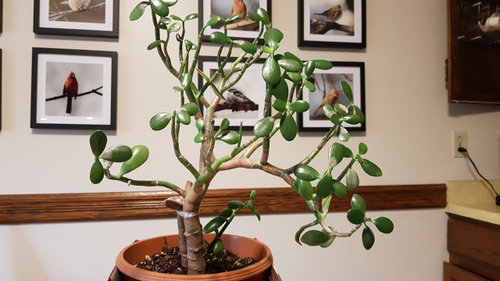
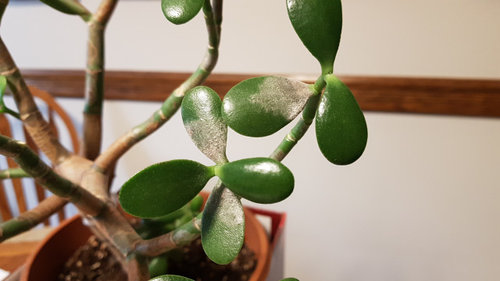


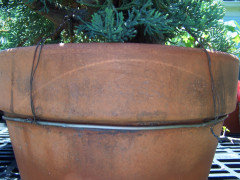

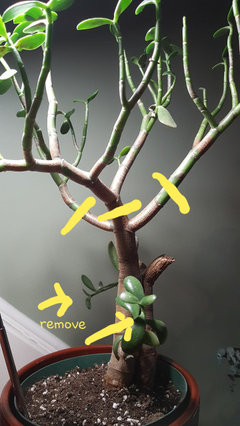
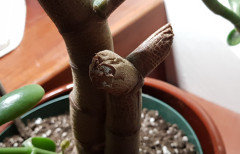
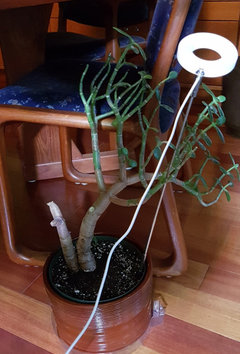
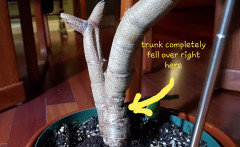
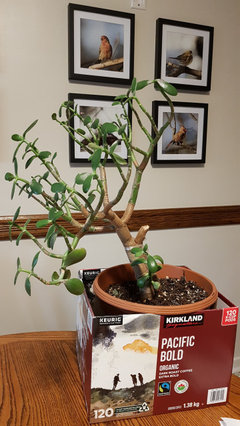
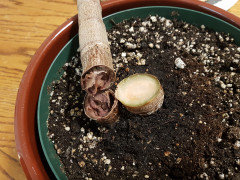
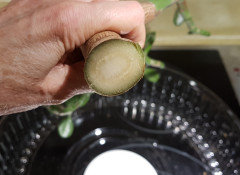
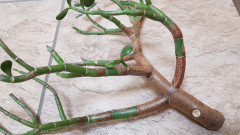

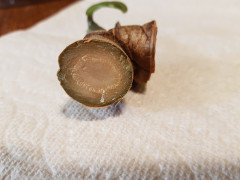
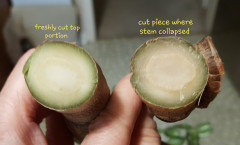

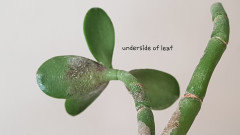

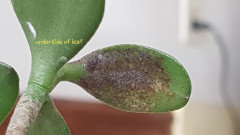
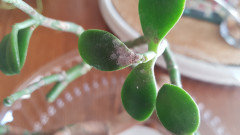
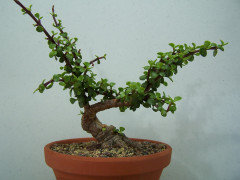
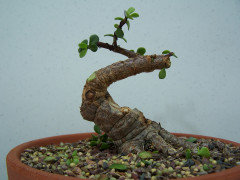
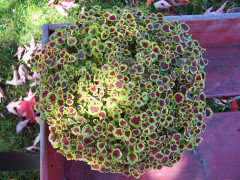

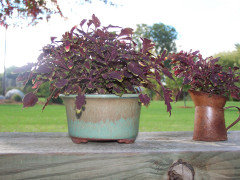
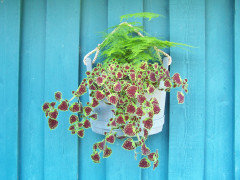
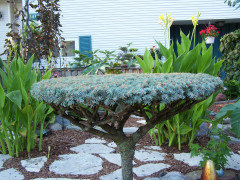
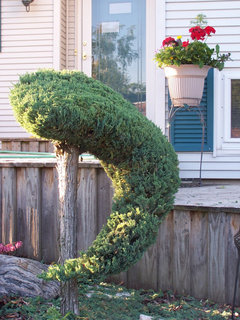

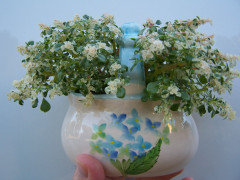



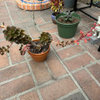
tapla (mid-Michigan, USDA z5b-6a)